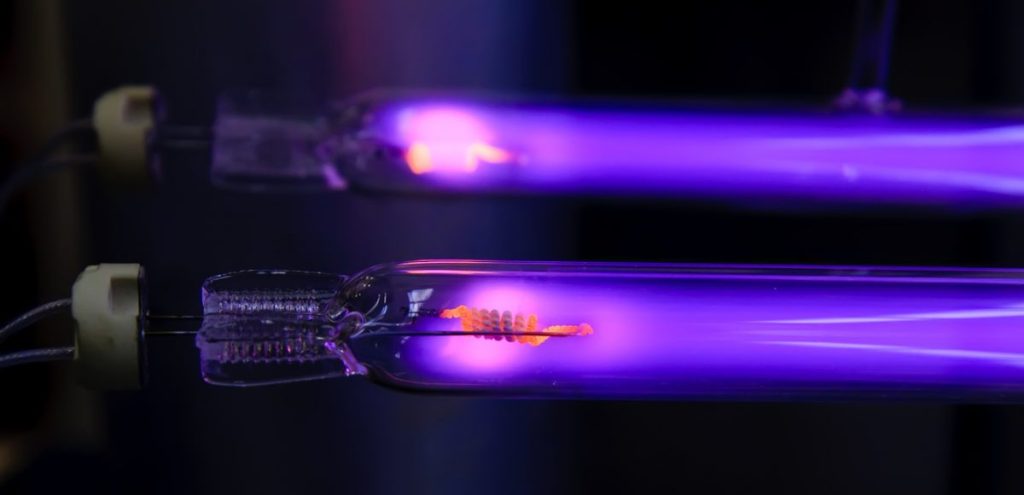The air cleansing sector is booming! Residential air cleaning systems show that the increased occurrence of respiratory diseases results from excessive levels of indoor air pollution. But, before you run out to a big-box retailer to get the latest in air cleaning technology, think about it for a moment.
Finding a good air purifier like a pure UV light air purifier can be difficult, and a poor one may pollute your air instead of cleaning it. However, with a little planning, you can improve your odds of discovering a strategy that will work. Before buying a home air purifier, it is a must to consider the following steps.
1. Determine Your Requirements:
There are several air purifiers available in the market, each works differently and targets distinct impurities. Finding an air purifier that meets your requirements demands a thorough understanding of these needs. Someone having minor allergies has quite distinct requirements compared to someone with severe asthma or autoimmune disorders.
If you are clear with your requirements, you can save money by preventing yourself from purchasing a system that does little or too much. There may be some people who will discover that they don’t require an air purifier at all.
2. Putting A Stop To Indoor Air Pollution:
You wouldn’t light citronella candles while a plastic kiddie pool full of foetid water sits in your garden if you had a mosquito problem. For air quality, it is also best to deal with the source of the problem.
Pollutants can arise from a variety of places in a normal home, and preventing them requires a multi-step approach that includes:
- Vacuuming rugs, dusting furniture, treating mold and mildew buildup, and cleaning out your HVAC system’s air ducts are all things that need to be done.
- Installation of a dehumidifier to manage high humidity levels, which can exacerbate pollution levels.
- Ensure that your stoves, dryers, and HVAC system are all in good functioning order.
- You must use natural or mechanical ventilation wherever possible to assist minimize levels of indoor air pollution.
Often, resolving these issues will resolve your air quality issues and eliminate the need for an air purifier.
3. Room Or Whole House Purifier:
Whether you choose a central purifier that cleans your entire house or a room-only purifier? This is the most important decision you will make when selecting an air purifier. Each of them has its set of features.
Room Purifiers:
These purifiers are the ones you will find in places such as:
- Best Buy
- Sharper Image
- Electronics store
They are free-standing purifiers that don’t require expert installation. Many manufacturers offer these, and they can clean the air using several procedures.
These systems are ideal for preserving clean air in a single space. If you have allergies that are referring to your sleep, a single air purifier in your room may be the one you require. Know that several air purifiers are movable. This means that you may move them around the house.
Whole House:
These systems normally connect to your forced-air HVAC system and suck air into the purification unit through its fans and ductwork. Most systems are fitted into the ductwork of your HVAC system.
Whole-house purifiers range in price and complexity from inexpensive do-it-yourself filters that just replace the normal furnace filter to expensive systems. This requires professional installation and high cost. Some expensive systems are self-contained, self-powered machines that use ducting but are not connected to the HVAC system.
4. Purification Methods:
To function, air purifiers must use a variety of procedures, many of which target certain contaminants while ignoring others. Some are great at removing particles like dust and pollen, but they fall short for gaseous contaminants like carbon monoxide. Others focus solely on viruses or bacteria. Some don’t seem to aim for anything at all. i.e., some of them aren’t working! The following are some common types:
HEPA Filters:
Manufacturers use physical filters in these systems to catch particulate particles. HEPA filters are the most effective in removing particulates from the air. Places such as hospitals that require germ-free air use these systems.
Ionizers:
These are air purifiers that release ions into the atmosphere. Ions transfer their charges to airborne particles, causing them to adhere to walls or other surfaces and so be removed from the atmosphere. Although the procedure appears to be fictitious, it truly works. Unfortunately, it has the unintended consequence of producing ozone, a harmful chemical that can aggravate asthma and is also the major component of smog.
Ultraviolet (UV) Lamps:
UV lamps, which act by irradiating microorganisms with fatal levels of ultra-violet radiation, are used in these purifying systems. This is a UV light purifier and simply destroys germs. People use these in combination with a filtration system.
Gas Filters:
These filters catch volatile organic molecules and other gaseous contaminants using activated carbon or other chemicals. When used with a particle filter, they can be very effective. They are more common in industrial and commercial settings than in residences. In high-end purifiers, these filters are frequently used in combination with a HEPA-style filter in households.
Ozone Purifiers:
Ozone-producing air purifiers are the villains of the air filtration world because of their capacity to neutralize pollutants of all types, including germs, VOCs, and particulate matter such as dust and pollen. It can also get rid of odors.
5. Research:
Getting quality research on air purifiers can be difficult, unlike finding quality research on cell phones, laptops, and other consumer devices. Testing an air purifier properly requires the use of the right facilities. Unfortunately, many of these proper facilities are owned by the same manufacturers who build the devices, creating a potential conflict of interest.

